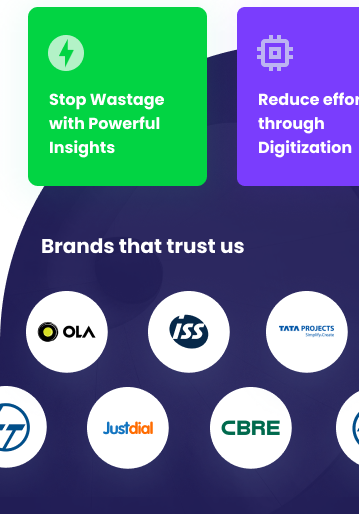Table of Contents
ToggleMyth 1: BMS is Only for Large, New Buildings
Reality: While BMS has traditionally been associated with large commercial buildings, advances in technology and declining costs have made them accessible and beneficial for buildings of all sizes and ages.
- Data Point: The global BMS market is projected to reach $36.51 billion by 2030 from $15.86 billion in 2022, a CAGR of 11.35% .
- Insight: Scalable, cloud-based BMS solutions offer modular functionality and flexible pricing tailored to smaller buildings.
- Key Fact: Approximately 90% of BMS installations occur in existing structures rather than new constructions.
Myth 2: BMS is Too Expensive and Complex to Implement
Reality: The initial investment in a BMS can be offset by significant long-term cost savings, and modern systems are designed for user-friendliness.
- Data Point: Studies show BMS can achieve energy savings of 10-30%, with an average HVAC energy reduction of 29% .
- Insight: ROI is achieved through reduced energy bills, lower maintenance costs, extended equipment lifespan, and improved occupant comfort.
- Key Fact: Simple payback periods for BMS installations range from 3 to 8 years.
Myth 3: BMS is Just for Monitoring
Reality: Modern BMS goes far beyond simple monitoring. It actively optimizes building performance.
- Data Point: Advanced BMS uses machine learning algorithms to predict future energy needs, optimize HVAC settings, and detect potential equipment failures.
- Insight: A BMS can automatically adjust lighting, temperature, and ventilation based on occupancy, time of day, and weather conditions.
- Key Fact: BMS integrates with HVAC, lighting, security, and fire safety systems for centralized control and greater efficiency.
Myth 4: BMS Requires Constant Manual Intervention
Reality: One of the key benefits of a BMS is automation, reducing the need for manual intervention.
- Data Point: A well-configured BMS can automate up to 80% of routine building management tasks.
- Insight: BMS utilizes pre-programmed schedules, setpoints, and algorithms to automatically adjust building systems.
- Key Fact: Remote access capabilities allow for monitoring and adjustments from anywhere.
Myth 5: BMS is Not Secure
Reality: Cybersecurity is a top priority for BMS manufacturers, and modern systems incorporate robust security measures.
- Data Point: Leading BMS providers invest in encryption, multi-factor authentication, and intrusion detection systems.
- Insight: BMS security protocols evolve continuously, with regular software updates ensuring protection.
- Key Fact: Best practices like strong passwords, network segmentation, and firewalls enhance security. Industry standards like BACnet Secure Connect (BACnet/SC) ensure compliance.
Myth 6: All BMS are Created Equal
Reality: BMS solutions vary significantly in terms of functionality, scalability, and integration capabilities.
- Data Point: Some BMS platforms are designed for specific industries or building types, while others offer broader integration options.
- Insight: The best BMS choice depends on building size, operational needs, and long-term sustainability goals.
- Key Fact: Open-protocol BMS solutions offer greater flexibility, allowing integration with third-party systems for enhanced functionality.
By debunking these common BMS myths, building owners and facility managers can make informed decisions that maximize efficiency, reduce operational costs, and enhance sustainability.














